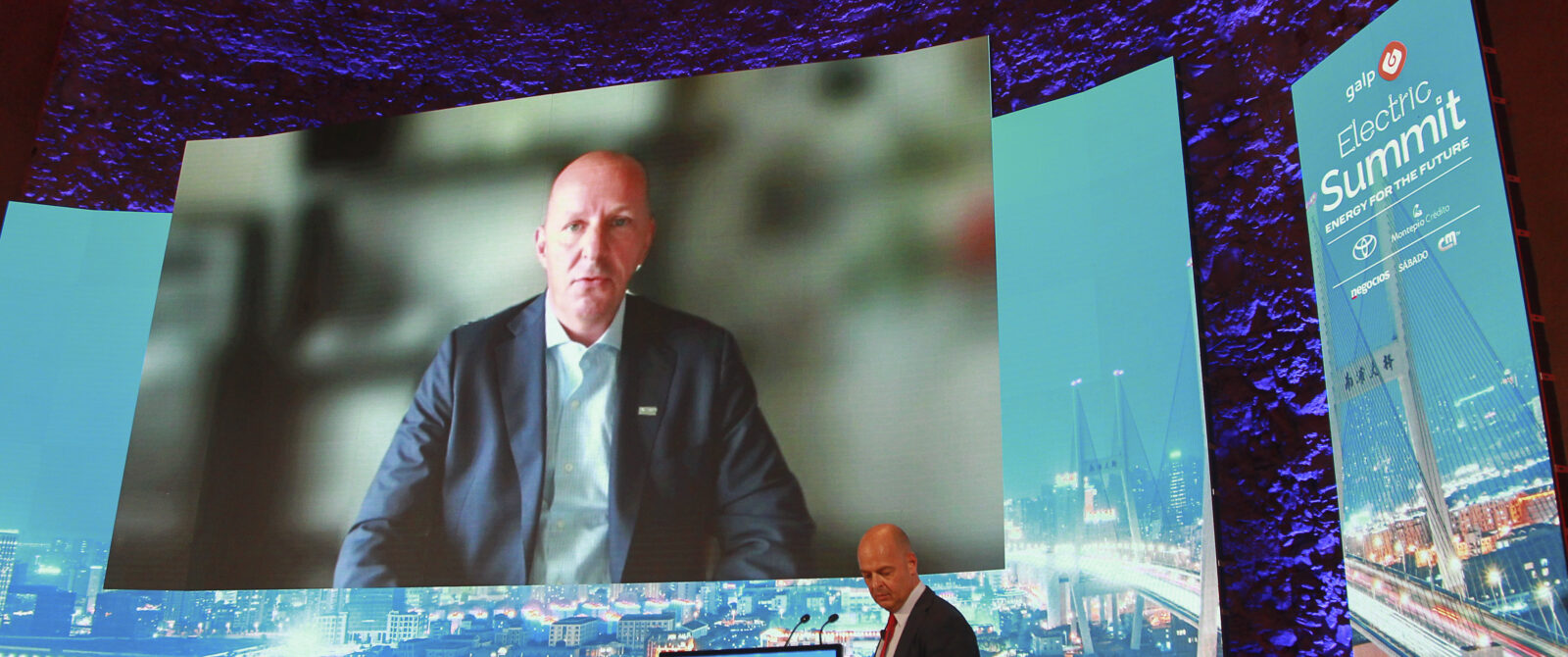Europe is looking good on e-mobility
Norway is the country which is more quickly embracing electric mobility, particularly due to a policy of fiscal incentives which has already been in place for a decade. However, the rest of Europe is also doing fairly well in those markets which have committed to electrifying transport. So says Philippe Vangeel, the secretary-general of the European Association for Electromobility.
Philippe Vangeel, the secretary-general of the European Association for Electromobility (AVERE), tells us Europe is doing particularly well on electric mobility, based on data from the European Alternative Fuels Observatory. This is not the case in all countries, of course, but western countries are the ones performing better in this sphere. Philippe Vangeel stated at this conference that Europe is moving faster in electrifying transport than was forecast five years ago by agencies such as Bloomberg.
The reason why there hasn’t been a broader uptake of e-mobility is not, according to Vangeel, because of technological issues. In terms of the industry, “the technology is there, we know how the infrastructure has to be, we know how it should be rolled out, we know that the vehicles are autonomous for more kilometres than ten years ago. Everything is in place.” It seems, therefore, that it’s up to policy-makers to decide how fast they want to switch to e-mobility. “That’s an important signal. Once we know this, the industry can adapt its production lines. We need policy-makers, at regional, national and European level, to let us know which way they want to go.”
Consumers will only be able to buy electric vehicles from 2035
Coincidentally, the day of the conference was the day the European Parliament approved a proposal by the Commission to prohibit the sale of vehicles with an internal combustion engine from 2035, effectively only allowing sales of new electric vehicles. The text adopted includes interim goals proposed by the European Commission: a 15% reduction in car emissions by 2025 and a 55% reduction by 2030. It is worth remembering that transport is one of the largest causes of CO2 emissions in the EU, with cars alone accounting for 12% of total greenhouse gas emissions. “Of course this refers to Europe, but don’t forget that this is also already happening at national level.”
The country which has taken the biggest strides towards adopting e-mobility is Norway, where you will only be able to buy electric vehicles by 2025. According to Vangeel, this was – once again – achieved by policy-makers creating strong incentives ten years ago, namely slashing VAT by 25%, and also providing free toll roads and free parking. “This made people really think about buying an electric vehicle.”
Plenty of supply to meet demand
There is already a good supply of electric vehicles to meet consumers’ new needs, with a range of around 150 different models on offer. “Traditional car-makers are switching but there are a lot of newcomers on the market as well, and these new players are highly committed to electric mobility. Not only from the United States but even from China.” This can be seen as being positive, because it increases supply and therefore brings down the price of vehicles, but it also creates greater competition for European manufacturers.
In a clear reference to Tesla, Vangeel notes how successful this make is compared with European manufacturers. Elon Musk’s company started to build a vehicle around the battery, while classical car-makers had to adapt their production. “When you put a battery in an existing model, it’s not successful. And so manufacturers had to build a completely new platform, they had to rebuild their vehicles.”
Consumers will have time to adapt
Will petrol and diesel be banned? Should the goals that politicians are committing to be brought forward? Philippe Vangeel says all this is already happening right now. “You can no longer enter with just any car in cities like London, Paris or Amsterdam. Even Brussels, on a smaller scale, has low emission zones or zero emission zones. And they are growing progressively.”
His view is that this is not jeopardising consumers’ rights to access cities, since they are being given time to adapt and make the transition. “The covid pandemic brought with it a lot of negative aspects. But we also saw what it means to have clean air with no traffic in the cities and even silence, which is something an electric vehicle can provide. People’s commitment is growing.”
Philippe Vangeel emphasised that replacing all engine-powered vehicles with electric ones is not the solution. “It’s part of the solution, but we have to change our way of looking at transport. Going from Point A to B doesn’t necessarily mean taking your car. It could be a mix of solutions, from car-sharing to public transport.”











